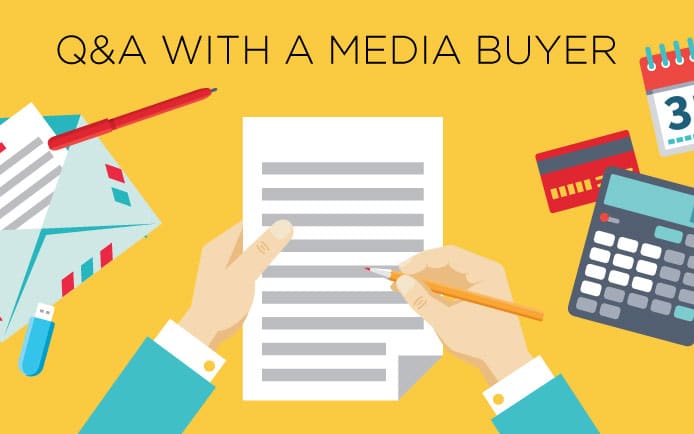Head of media at Page Agency, Kathryn Wilson tackles some FAQ’s about the logistics of planning and buying media at an agency.
1. What do you do as a media buyer?
I spend money, that’s the short answer. The medium length answer is that I negotiate space and time on behalf of clients. The long answer (and the one that’s a better definition), is that I make purchasing decisions on behalf of advertisers and brands with regards to various media opportunities.
2. What exactly is a media buy?
A media buy is a schedule of advertisements in a given medium. A television, cable, or radio buy consists of a number of spots (a spot is one ad) that are scheduled within a specific period of time. You can also call it a flight or a campaign. A print buy is the number of insertions (yet another name for an ad) in newspapers (national or local) or magazines. An Out-of-Home (Outdoor) “showing” is the number of individual outdoor (either digital or traditional) boards.
3. How do you know what the price will be?
You don’t, in advance. Stations have a “rate card” rate, or their asking price, but you will overpay if you take their asking price without negotiating a better deal.
4. How do you negotiate deals with a station?
Buyers use their knowledge of the marketplace and stations as a starting point. While it’s possible to negotiate on any number of relevant criteria, most buyers concentrate their efforts on individual program areas they believe will be the most useful.
The first thing to take into consideration is audience delivery, which is stated in terms of Ratings and Impressions. They’re both units of measurement:
- Ratings: audience as a percentage of a given population (such as Adults 18-49 or Households). A 3 rated spot delivers an audience equivalent to 3% of the A18-49 population in your market. Cost-per-point is the efficiency measurement (cost to reach 1% of your prospects).Because ratings are based on population, a 3 rating in a major market like Los Angeles or Dallas delivers far more audience than a 3 rating in a small market, such as Zanesville, OH.
- Impressions: persons in your target audience who see or hear an advertising message. These are usually expressed in thousands. An impression of 3 would deliver 3,000 exposures to an advertising message. Cost-per-thousand is the efficiency measurement (cost to reach 1,000 prospects).
Additionally, buyers often have access to syndicated research that provides cost estimates for standard demographic targets across all measured markets. Buyers also use their own past experience as to CPP (cost per point) and CPM (cost per thousand). They may have separate criteria for different dayparts (parts of the broadcast day), or one over-all goal. Regardless of what metric they are using, it is based on delivering a certain amount of audience for a specified cost. For example, 100 Ratings Points x 200 CPP=Budget of $20,000; 1,000 impressions x 3.27 CPM = $3,270.
Using audience delivery as a basis, the buyer gets the station(s) to agree on a price for a particular program, daypart, or overall buy that allows them to achieve the objectives set for the buy. In upcoming posts, I will go into negotiation tactics and strategies in more detail, but this gives an idea of what the process involves.
5. What’s the biggest challenge of media buying?
Putting a buy together is kind of like putting together a 1,000 piece jigsaw puzzle. You have a picture in your mind of what the finished product should look like; the challenge is finding the pieces that fit!

